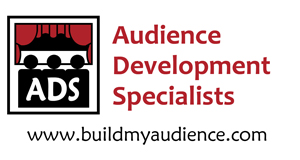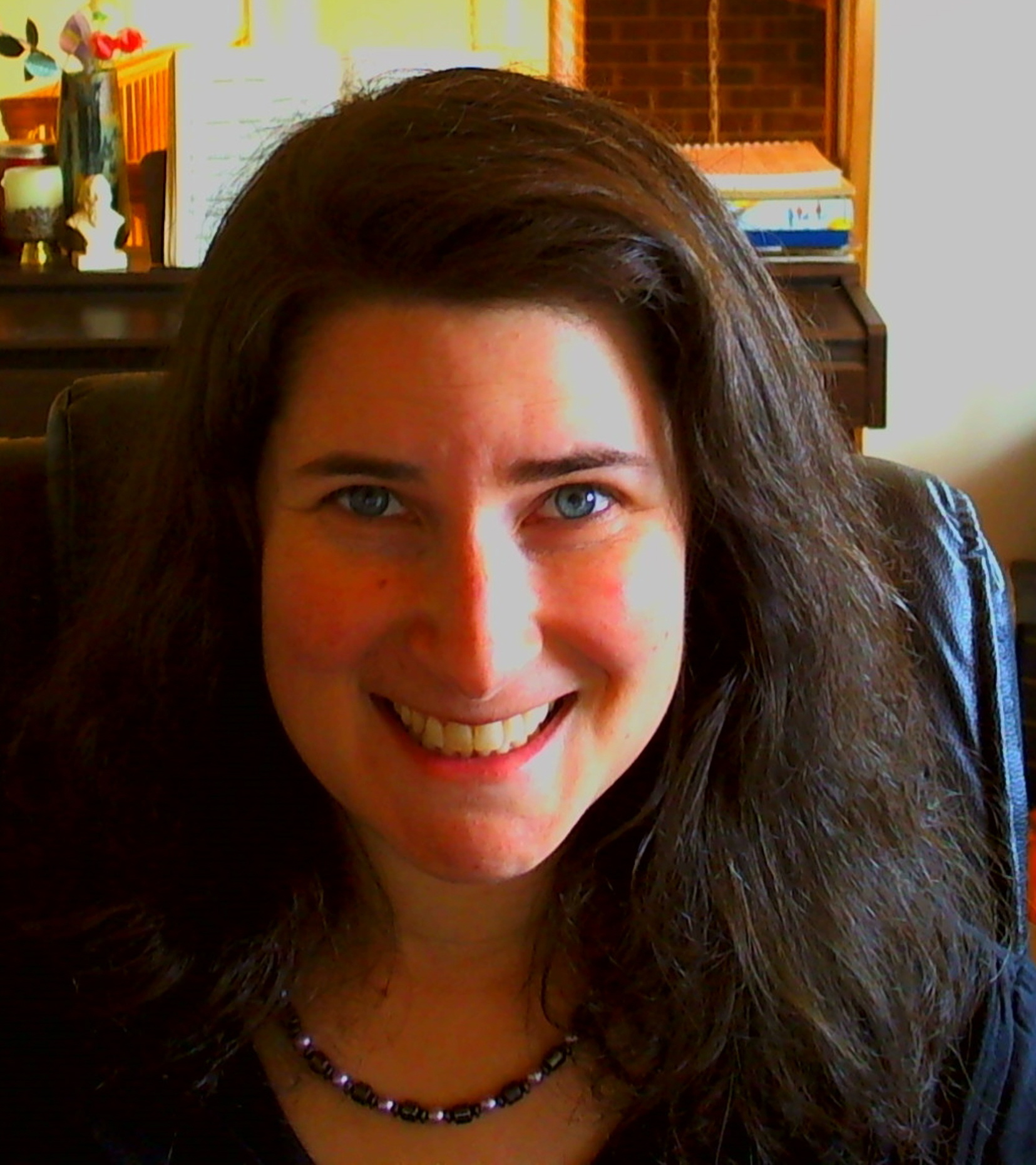Many people behind arts organizations I have spoken to do not know where to begin when it comes to audience development. All they know is that they need audience development to increase their audiences and to build a better audience in general. So many of them have taken shots in the dark to attempt to figure out what programs work and what doesn’t work.
Today I will be meeting with a marketing committee of a local organization that wishes to pursue audience development for this year’s goal. The email immediately focused on programs that may work. What I will be encouraging them to do today is to do their homework first. Just when you thought school was over, the school of life gives you an assignment.
Audience Development homework is the gathering of the facts, visions, and goals before the planning of the programs happen. It is imperative that this homework be done as to create the most thoughtful programs to suit your individual and organizational needs. The following is a quick list of homework assignments to get you started:
1. Figure out the demographics in your area so you can know what types of people are living in your community. You wouldn’t want to plan a program for a particular demographic only to find that there is a low percentage to obtain. The best way to find these statistics is to visit the US Census Bureau website and your local county website.
http://censtats.census.gov/pub/Profiles.shtml
2. Pull data and past surveys about your existing audience and format a generalization about your current audience. It may also be a good idea to form focus groups to get personalized feedback. If your surveys do not give you details about your audiences’ lifestyles, you may want to conduct a new survey with questions that will help you get to know them better.
After you have the details, you can create a character story about your general audience member to give this type of audience a name and background to refer back to in all your audience development and marketing efforts. This will help you in terms of knowing what type of person to build relationships with and how this type of personality functions in their day to day life – their behaviors, their likes and dislikes, their beliefs, their general lifestyle. Get as detailed oriented as you can.
From this characterization of your most common audience attendee, you will not only be able to find ways to attract similar patrons, but also ways to connect further with your existing audience base.
Here’s an example of a character story:
Mary is 54 years old, married, and enjoys attending local community arts events. She and her husband are subscribers to the Philharmonic as well as patrons of the Art Walk Tour every year. Her only daughter moved out of state. Mary has two grandchildren and loves to spoil them when they are in town. She volunteers as a community outreach advocate for the Humane Society and is active at her church. Mary works part time at the YMCA and has her own consultant business on the side. She enjoys reading, going to lectures, hiking, biking, and spending time with her friends and family. Mary’s choice for information is the Daily News and NPR and her favorite television show is Dancing with the Stars.
What we can infer from this characterization: Mary is a baby boomer, empty nester, who enjoys the arts (a variety) and is involved in her community. She attends functions with her husband, but may opt to go out with other friends and family. She spends quality time with her daughter and grandchildren when they are in town for the holidays. Her religion/spirituality is important to her. Her health is important as well and opportunities to learn are welcome. She has her own income and has an adventurous, entrepreneur spirit.
Of course the best way to form a characterization is to get to know one of your main attendees extremely well so a real characterization can be formed.
3. Figure out what target groups you would like to build relationships with to diversify your audience. Use your demographics to find out if it is possible. Research about the groups’ cultures, their belief systems, their lifestyles. Pinpoint common ground, organizations and groups in the area, and begin to develop a long term relationship with the group starting with a conversation to open an ongoing dialogue.
4. Learn how to ask and ask often. The best examples of audience development in terms of deepening involvement with an organization are Churches. Churches in actively performing their missions ask their attendees to donate and volunteer during almost every contact they have with their audience. They post in bulletins, on the website, during the sermon, after the sermon, in their newsletters, at smaller group functions, etc! Most arts organizations are shy about asking due to increased competition and the feeling that they may be burning out their supporters. The key is to continue to ask new people and not just the already committed patrons. However, if a Church needs to finance a new edition to their building, do you think they wouldn’t ask the already committed supporters? They would ask everyone!
The main lesson we can learn from churches is that they are really good at audience development. Someone important will know your name and life story in no time at all and get you involved on a committee. It’s like daily clockwork for them.
5. Sit down and consider your goals, desired outcomes, and your program visions of an audience development plan. Who do you want to see in your audience? What would increased participation look like? What programs do you think would reach your target audiences? What will your volunteer program look like after your efforts? What are your fundraising goals and what programs will help you to reach those goals. Having a common visual of your desired outcomes will keep the entire team on the same page and more motivated with this extra homework effort. Every meaningful outcome begins with a dream or visualized desire. Get it in writing! A draft of your visualization to keep as a reference is extremely helpful.
By doing your homework and educating yourself on who your existing audience is, who is there to reach out to in your community, how to reach out, and what your desired outcomes and goals are, you are setting the stage for the beginnings of a well thought out audience development plan and a future broad, happy and loyal audience.
Until next time, may your audiences be happy and loyal ones, and if they are not, feel free to contact me!
~Shoshana~
Shoshana Fanizza is the founder of Audience Development Specialists. Her mission is to introduce organizations to their existing and potential audiences and to help them to form more rewarding relationships.
Top 20 Tips for Increasing Everything Webinar
$5.00
Shoshana is back to share her favorite Top 20 tips for audience development. Enjoy this recorded webinar for a reminder of simple, common sense ideas that are not being commonly practiced. Implementing just one of these ideas will help you to build your audiences and support!
Get access to this webinar here!




